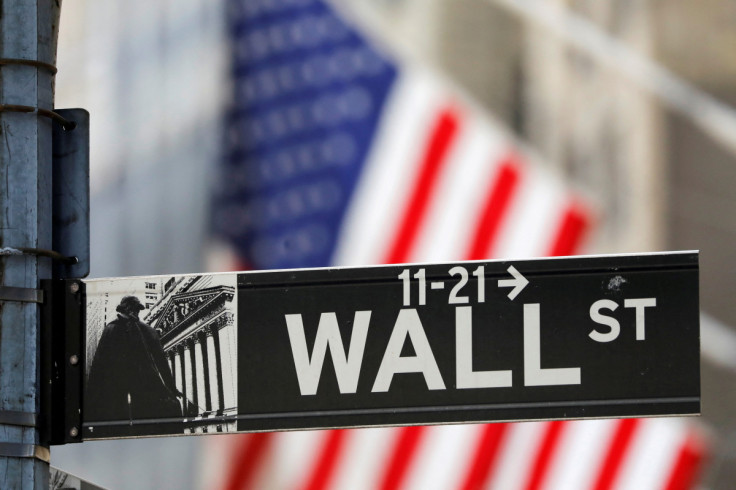Are US Stocks Undervalued Or Overvalued?
The U.S. stocks have been on sale for most of 2022 as rising interest rates depress valuations.
But have valuations been depressed far enough to make U.S. stocks a bargain? It depends on the metric used and the expectations of the direction of the U.S. economy.
At the end of the year, S&P 500 was trading with a PE of 18, which means that the price of the index was 18 times the annual earnings per share of the companies included in it.
That's very close to its 10 year average, indicating that U.S. stocks are fairly valued.
But on a yield basis, S&P 500 trades with a 5.5% yield, above the 4.5% yield of the U.S. Treasury Bills — a risk free asset.
However, when a historical risk premium for equities of 2% is factored into calculations, the S&P yield drops to 3.5% — well below the 4.5% Treasury Bills yield, meaning that U.S. equities are still overvalued.
And the situation could be even worse if a cyclical downturn drives earnings lower.
"Remember that not only do we have high valuations, we also have high earnings. If earnings revert to the mean, then stocks drop unless they trade at much higher valuations. Everything is cyclical!" Holmes Osborne, Principal at Osborne Global Investors, told International Business Times.
Meanwhile, Wall Street analysts are still optimistic about equities, with 55.3% of ratings being on the Buy side, 38.8% on the Hold side, and 5.9% on the Sell side, according to FactSet.
Wall Street analysts are most optimistic on the Energy (63%), Communication Services (61%), and Information Technology (61%) sectors, and most pessimistic on the Consumer Staples (43%) sector.
In 2023, the gap between equity yields and Treasury Bill yields could become better or worse, depending on whether the Fed manages to engineer a soft landing or pushes the U.S. economy into a recession.
A soft landing is a situation where the economy slows down enough to bring inflation down close to the Fed's target of 2% without pushing the economy into a recession.
That could allow the nation's central bank to pause and eventually reverse the interest rate hikes, narrowing the gap between Treasury Bill rates and equity yields.
Moreover, a soft landing is positive earnings growth, helping narrow further the gap between Treasury Bills and equity yields, and eventually turn the gap in favor of equities.
The situation will be quite different if the Fed has to push the economy into a recession in order to bring inflation down to its official target. That would hit equity valuation on both fronts, the interest rate front and the earnings front.
"Whether US stocks are overvalued or undervalued at the end of 2022 is a complex question and depends on a variety of factors, including the risk premium for stocks, the state of the economy, and the yield on risk-free assets," Mina Tadrus, CEO of Tadrus Capital, told IBT.
Dennis Shirshikov, Head Of Content at Awning, will keep a close eye on interest rates. "If the economy takes a turn for the worse and earnings drop, that gap could widen even further, '' he told IBT. "Invest wisely and always consider the potential risks before making any decisions."

© Copyright IBTimes 2024. All rights reserved.






















